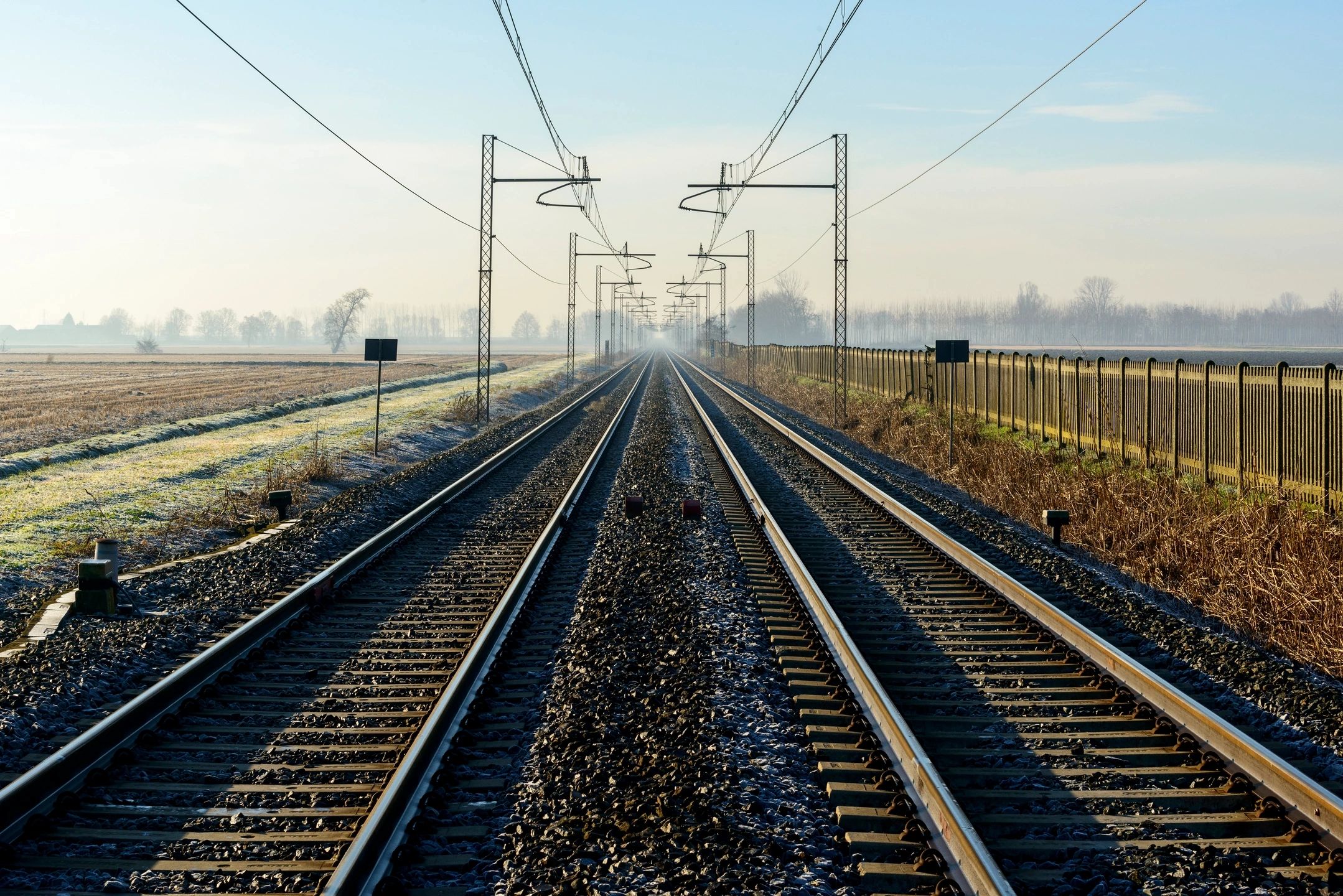On Monday afternoon, western Japan experienced a 7.5-magnitude earthquake, leading to a tsunami alert. Authorities swiftly advised residents in coastal areas to evacuate promptly. The seismic event occurred at 4:10 p.m. local time, reaching a depth of 10 kilometers (6 miles) about 42 kilometers (26 miles) northeast of Anamizu in Ishikawa prefecture, as reported by the United States Geological Survey (USGS). The Japan Meteorological Agency promptly issued a tsunami warning for the coastal regions of western Japan, with initial waves striking the coast just over 10 minutes later.
Initial reports from Wajima in Ishikawa prefecture indicated tsunami waves measuring approximately 1.2 meters (3.9 feet) around 4:21 p.m., as disclosed by Japanese public broadcaster NHK. Fortunately, no immediate damage was reported.
Meanwhile, a significant tsunami warning remained in effect for the city of Noto in Ishikawa prefecture, with anticipated waves reaching around 5 meters, according to the Japan Meteorological Agency.
In a televised statement, Japan’s Chief Cabinet Secretary, Yoshimasa Hayashi, urged residents in areas under tsunami warnings to promptly relocate to higher ground. NHK’s footage captured the intense shaking of cameras and the forceful impact of waves along the Ishikawa prefecture coastline during the earthquake.
Videos circulating on social media depicted the aftermath of the earthquake, revealing store aisles scattered with goods. A particular video captured from inside a train showcased platform signs rocking intensely during the tremor.
After the quake, more than 32,500 homes in Ishikawa prefecture experienced power outages, as reported by Hokuriku Electric Power. Japan’s Kansai Electric, in a statement on X, assured that no abnormalities were observed at nuclear plants in the affected area.
Following the powerful quake, a series of robust aftershocks occurred, according to the US Geological Survey (USGS). At 4:18 p.m. local time, a 6.2-magnitude aftershock, reaching a depth of 10 kilometers (6 miles), struck approximately 4 kilometers (2.4 miles) southwest of Anamizu, according to USGS. About 58 kilometers (about 36 miles) away, tremors of 5.2 magnitude were recorded, and another 5.6-magnitude aftershock was reported closer to the initial quake, according to USGS.
Prime Minister Fumio Kishida, speaking at his official residence, assured reporters that the government would disseminate timely and accurate information to the public.
Various regions along Japan’s western coast experienced waves measuring less than a meter, with reports including 80 centimeter waves in Toyama city, 40 centimeter waves in Kashiwazaki and Kanazawa port, and 20 centimeter waves in Tobishima island and Sado island.
According to Japan’s tsunami warning system, waves anticipated to be less than 1 meter are categorized as a “tsunami advisory,” while those expected to exceed 3 meters fall under a “tsunami warning,” and waves exceeding 5 meters are classified as a “major tsunami warning.”


